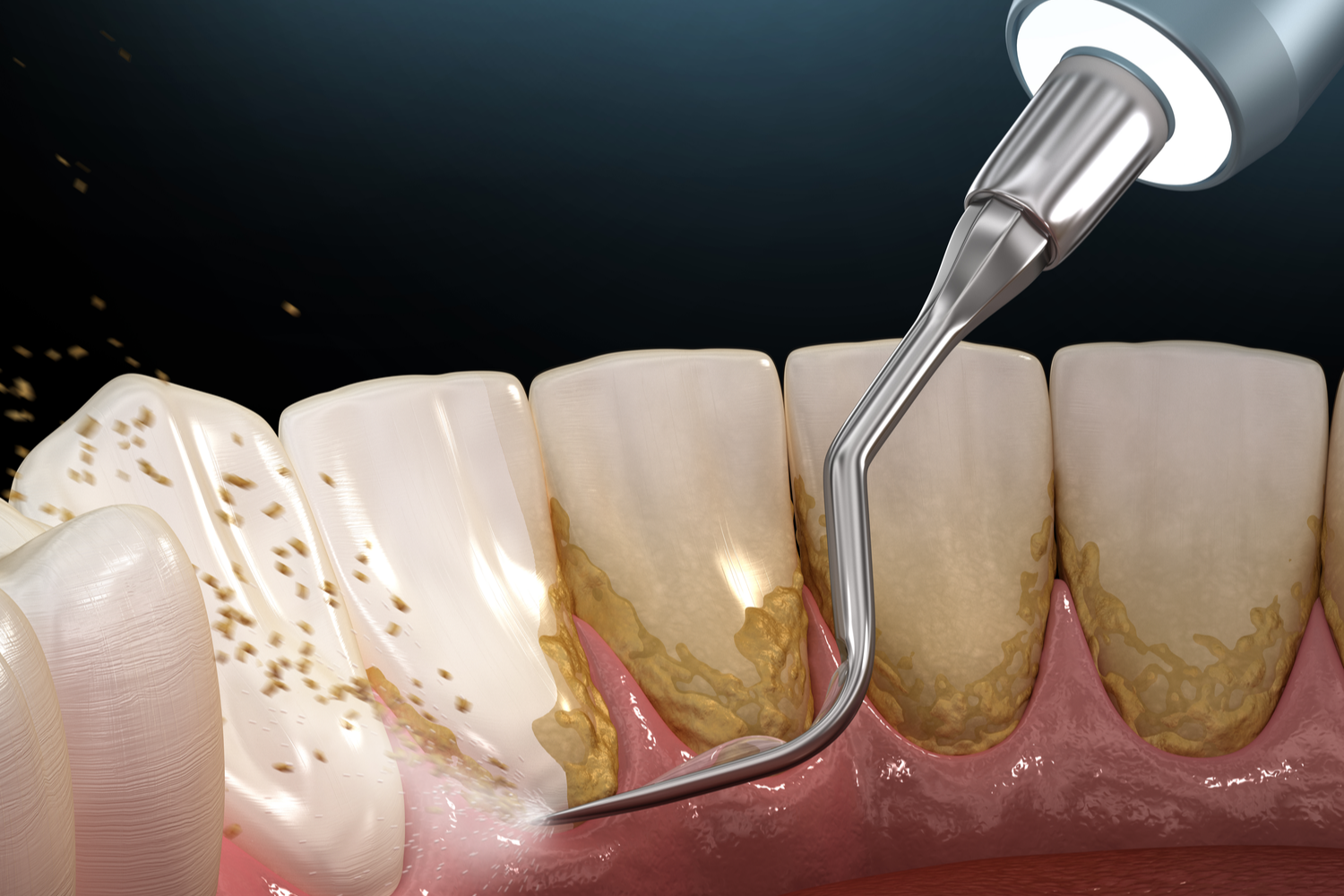Common Gum Diseases And How To Treat Them
Gum disease, or periodontal disease, is a term used to describe varying stages of infection of the structures around your teeth, including the gums, periodontal ligament, and alveolar bone. The disease advances gradually, so the treatment you pursue depends on the severity of your condition.
Periodontal disease ranges from mild (gingivitis) to severe (periodontitis).
Gingivitis
As the mildest form of gum disease, gingivitis is characterized by red, swollen gums that bleed easily. Poor oral hygiene is the most likely reason for gingivitis to develop. Other risk factors include:
- Diabetes
- Smoking
- Poor nutrition
- Hormonal fluctuations during puberty and pregnancy
- Substance abuse
- Taking certain medications
- Stress
- Genetic predisposition
Periodontitis
Untreated gingivitis can advance to the next stage of periodontal disease known as periodontitis. This is when plaque spreads and grows below the gum line, irritating your gums as a result. The gums separate from the teeth, forming pockets that become susceptible to infection. Chronic inflammation sets in, and the tissues and bone that support your teeth start to break down. Periodontal pockets deepen over time, more gum tissue and bone are destroyed, and tooth loss may occur. Several forms of periodontitis exist:
Chronic periodontitis, the most common form of gum disease, is characterized by pocket formation and receding gums. The disease progresses slowly and is most prevalent in adults.
Aggressive periodontitis is found in patients who are otherwise completely healthy. It sets in rapidly and is often caused by genetic predisposition.
Necrotizing periodontitis is an infection that causes localized tissue damage resulting in lesions. The disease most commonly affects patients with HIV or other systemic diseases.
Periodontitis as a manifestation of a systemic disease often starts at a young age in patients with heart problems, respiratory ailments, or diabetes. These systemic diseases are associated with gum problems and can cause this form of periodontitis to develop.
Treatments for Gum Disease
Periodontics is the prevention, diagnosis, and treatment of periodontal disease. When you visit any specialist for treatment, you have many options depending on the severity of your condition.

Non-Surgical Gum Disease Treatments
In many patients, non-surgical methods are enough to treat gum disease. Professional dental cleaning is a treatment everyone should receive every six months. The dental specialist will remove plaque and tartar build-up along your gum line. They may also recommend professional cleanings more often than twice a year as a preventative measure if you show signs of early gum disease.
Dental scaling and root planing are deep-cleaning procedures for your teeth. The dental specialist scrapes away plaque and tartar from below the gum line and smoothes out rough spots to remove existing bacteria and help prevent future growth. This provides a clean surface for your gums to reattach to your teeth so healing can begin.
Surgical Gum Disease Treatments
Surgical treatments are available if the tissue and bone around your teeth have deteriorated due to advanced periodontal disease.
Flap surgery, also known as pocket reduction surgery, involves lifting the gums back, removing tartar from the roots of your teeth, and replacing the gums so the tissue fits snugly against your teeth. Bone surgery follows flap surgery, if necessary, to decrease shallow craters that have formed in the bone due to advanced bone degeneration.
Bone grafts may be necessary if your bone has been destroyed by severe periodontitis. Fragments of your own bone, donated bone, or synthetic bone are grafted to the damaged areas to promote new bone growth and restore stability to your teeth.
Soft tissue grafts are taken from the roof of your mouth and stitched along the receding gum line to restore lost tissue.
Guided tissue regeneration is performed in conjunction with flap surgery to stimulate bone and gum tissue growth in cases where the supporting bone structure has been destroyed.
Pharmaceutical Gum Disease Treatments
You have the option to combine other treatments with pharmaceutical products to speed up the healing process.
Antibiotic treatments reduce the presence of bacteria that cause periodontal disease, giving your gums a head start following treatment.
Antimicrobials control the formation of plaque in periodontal pockets. You can use a prescription or over-the-counter antimicrobial mouth rinse or have a gel-filled chip inserted under your gums following root planing to slowly release medication over the course of a week.
Non-prescription toothpaste called triclosan contains fluoride and an antibiotic to reduce plaque and keep gingivitis in check.
Schedule Gum Disease Treatment
If your gums bleed when you floss or they appear red and inflamed, don’t ignore these early signs of gum disease! Set a dentist appointment at Heron Park Dental to begin prompt treatment if necessary.



